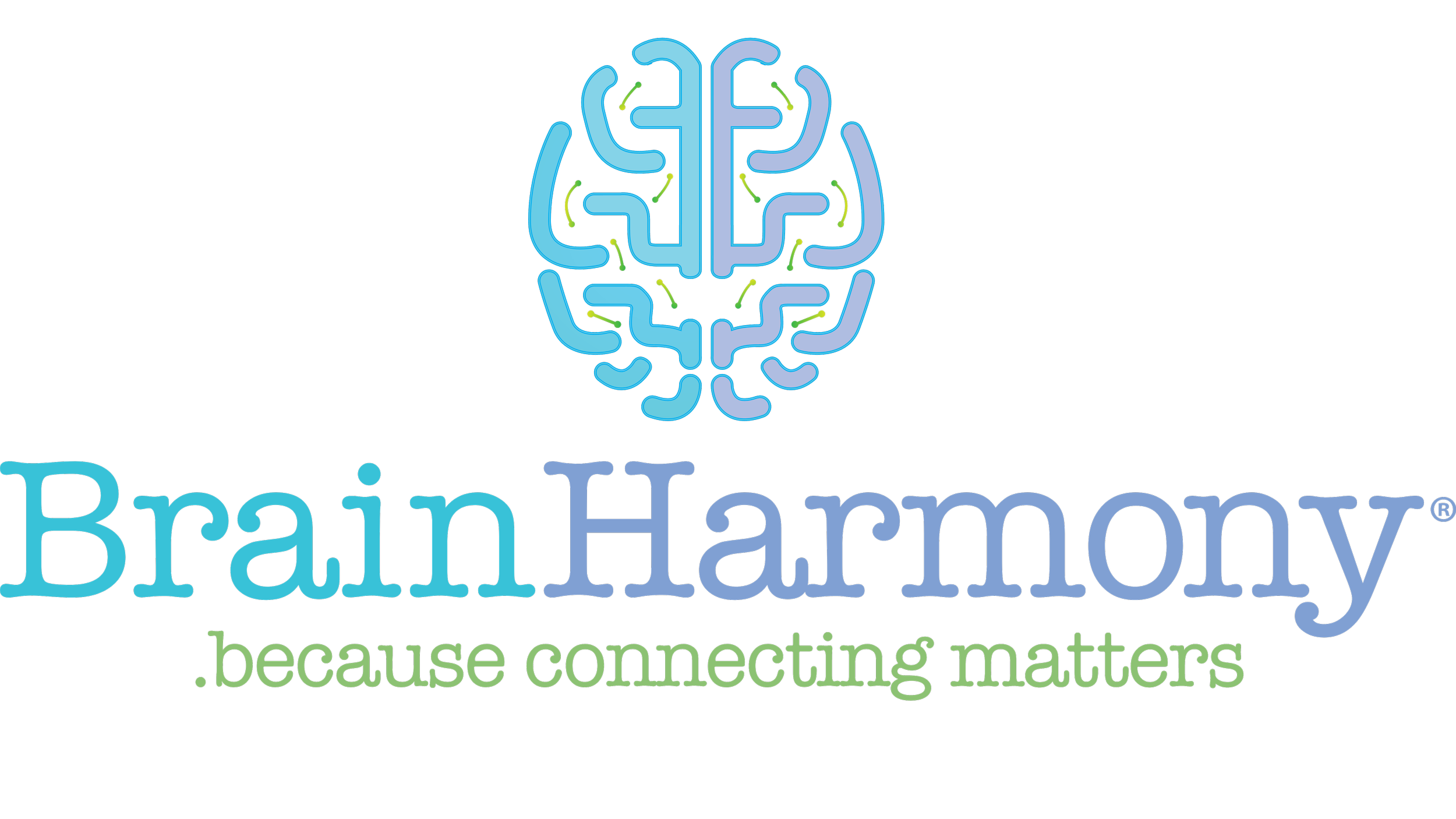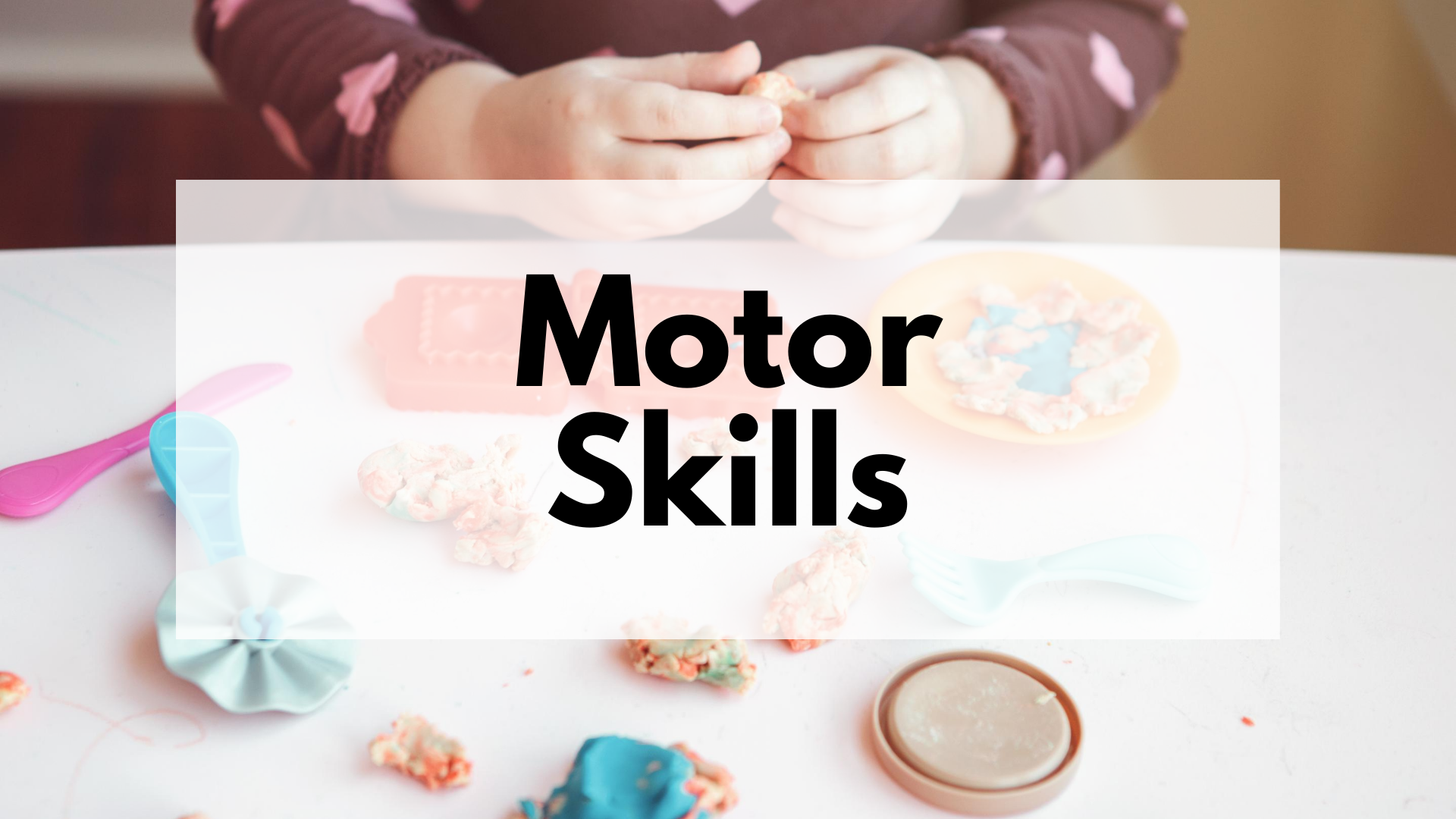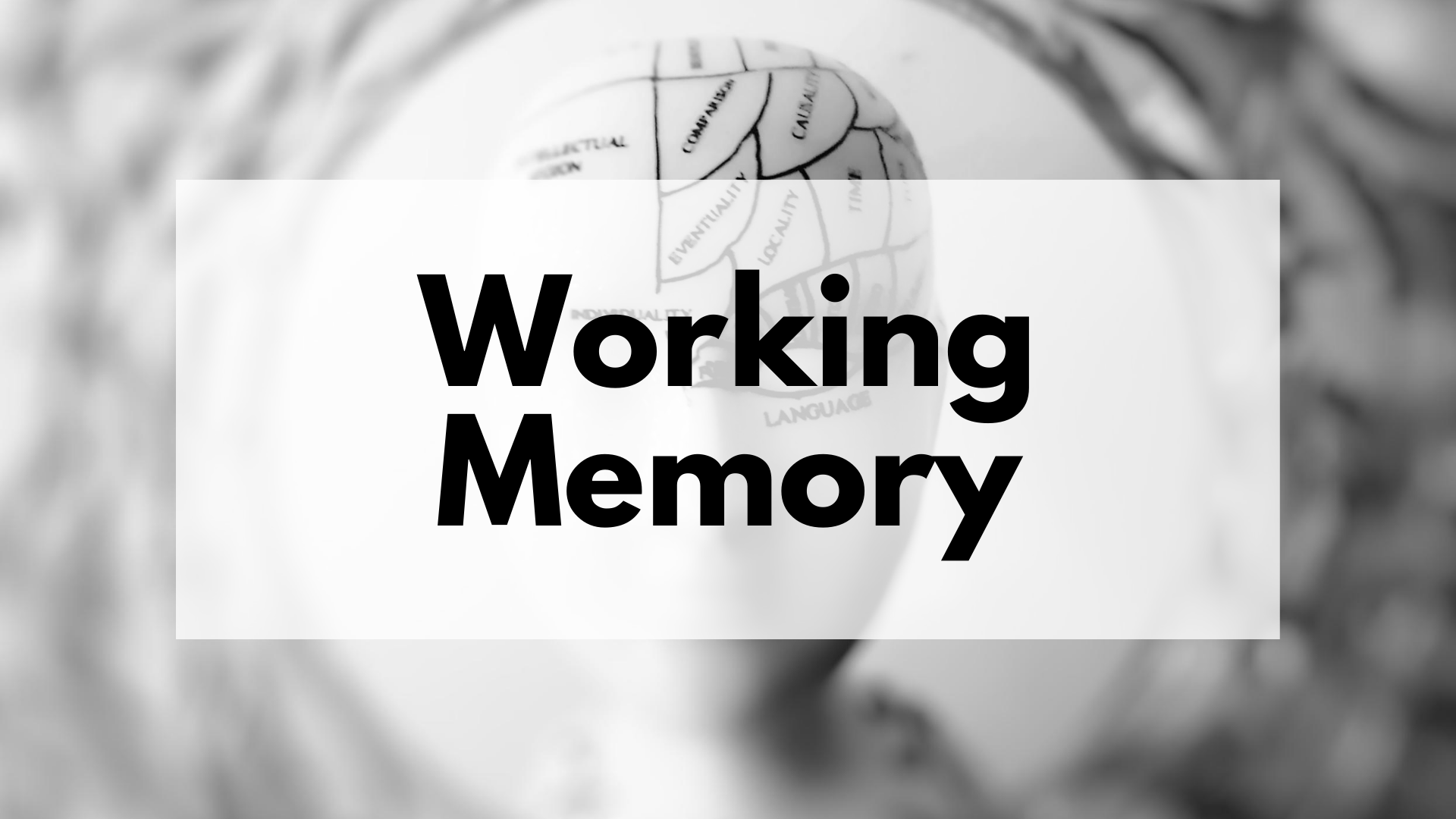Speech and Language Development: Take Your Child from Non-Verbal to Speaking in 5 Months
Case Study: How Lucas Went from Non-Verbal to Speaking in 5 Months
At Lucas’s 18th month appointment his mother Megan realized that he had never started babbling. Lucas’s only communication was through grunting, he had never slept a full night in his life, and he was frightened by loud noises and change. The first time Lucas started therapy with Brain Harmony, he slept through the night and started making babbling noises. He quickly became a vibrant boy, learning to communicate effectively through words and sentences, and he became excited to try new things by becoming much more engaged in everyday life.
“Immediately his first time listening he started babbling and making sounds, and he had never done that before. Now he almost says full sentences, sometimes he does say full sentences. I can honestly say that it is so worth it, I wouldn’t take it back for a second. It’s a huge change, sometimes I can’t believe it. “
You can see Lucas’s progress below. The results speak for themselves.
Speech and language delays can be frustrating for both parents and children. They’re often the source of major behaviors and meltdowns.
The good news is that speech and language delays are easier to fix than you might think.
We get a lot of parents who come in worried about their child’s speech and language development. Their kids struggle with a variety of challenges, including:
Trouble speaking at all
Speaking in full sentences
Pronouncing words clearly
Saying words correctly
Remembering words
Listening, especially in school
Reading comprehension
Building social skills
Anxiety around speaking, listening, reading, or writing
Delayed speech and language development can be scary for both you and your child. Schools often don’t have the time or resources to help with speech and language delays. As the rest of the class moves through an increasingly challenging curriculum, your child may feel isolated, embarrassed, and left behind.
If your child is struggling with speech or language, we can help. We’ve worked with hundreds of families to get their children’s language development back on track.
In the majority of cases, our neurologically organizing approach works faster and better than speech therapy -- helping children develop years’ worth of skills in a few months.
We’ll meet with you, assess your child’s needs, and work together to create an individualized protocol that’s unique to your family.
As occupational therapists with our own children, we understand how difficult it is when your child has cognitive delays. Here’s how our multi-sensory plan of care can help your child build a strong cognitive foundation for language.
Speech and Language Development Starts with an Organized Brain
As strange as it sounds, language problems often aren’t actually language problems -- they’re neurological problems.
Speech, language, and communication are far more complex than they seem. Many areas of your child’s brain have to work in coordination to produce language. If any one area falls behind, your child’s language development will slow down.
Here are a few examples of how neurological issues can impair language development.
Motor Skills
It may sound odd, but you need motor skills for language. In fact, many children with language issues also have motor issues, and fixing the motor issues restores healthy language development[*].
If your child is struggling with basic movement, she may be focusing so much on her body that she doesn’t know how to pay attention to words. Integrating movement into other sensory systems frees up the brain to focus on higher-order tasks, like language.
Alternatively, it could be that your child has no problem understanding the meaning of words, but she can’t physically move her mouth and tongue to get the words out.
As a result, words feel “trapped” in her, and she stops trying to speak.
Working Memory
Another common cause of language delays is trouble with working memory storage[*].
Maybe your child can read and comprehend language just fine, but by the time she gets to the end of a sentence, she’s forgotten the first few words.
Without those words, the sentence doesn’t make sense, and your child has to start over again.
Sensory Processing
Some children struggle to listen in a noisy environment, which can slow down language development[*].
For example, maybe you’re talking to your child, but her brain hasn’t learned to filter out other voices in the room.
As a result, it’s hard for her to focus on one conversation and understand it.
Information Processing
In many cases, children struggle with language because their brains aren’t organizing and storing information properly.
Reading is a good example. While it seems simple on the surface, the act of reading a sentence is surprisingly complex. A child has to see each syllable, put the syllables together into words, understand what each word means, put all the words together into a sentence, remember the sequence of the words, and understand how all the words interact together to create specific meaning.
That’s a lot of organization for a young brain to handle.
Language and speech are surprisingly complex. Multiple parts of your child’s brain have to work together to develop language. If any one part is struggling, your child will struggle too -- and she may not respond to more traditional language remediation methods.
How to Help Your Child Develop Language Skills with Brain Harmony’s 5-Step Plan of Care
Step 1 - Vagal Regulation
Vagal regulation is the first step to building a strong foundation for speech and language development. Creating a pulse of safety to the vagus nerve can soothe the system and create a strong sense of CALM which then allows for the social portal of human engagement to be expressed. When approaching accelerated maturity of the brain and neurological system, this first step is what makes the rest of our program so impactful as it prepares the brain for the change to come.
Children will feel less anxious, less agitated by external stimuli, and more comfortable in social settings; sleep better; show improved articulation and increased pre-language skills; better ability to verbally communicate emotions and internal states; and improved ability to follow multi-step processes.
Most exciting of all, we typically see these outcomes within the first five days of treatment.
Step 2 - Neurological Organization
In Step 2, we’ll use one or a combination of proven tools to improve brain function. We call this step “neurological organization” because it is literally the process of reorganizing the brain so it works for you instead of against you.
What makes this step special is that the tools and treatment protocols we use are NOT one-size-fits all. They’re personalized to meet your unique challenges and goals.
Step 3 - Reflex Integration
If you hear a sudden loud noise, what happens? You’re startled. We’re born with reflexes that help us survive outside the womb. These reflexes are expected to integrate in a particular order by age 3. The trend in our communities is we have children and adults with infantile reflex patterns still holding them back from age appropriate development.
When this happens, it can result in a limited neurological framework for movement patterns, cognition and emotional development as well as speech and language development.
Step 3 in our plan of care is to help your family member integrate their reflexes so higher executive functioning, such as speech and language can develop.
Step 4 - Therapeutic Activities
In Step 4, we use therapeutic activities that incorporate balance, strength, and range of motion, to further organize the brain and improve functional activity.
What makes our process unique? Our 20+ years of providing occupational therapy to children and adults.
Because of that, we’ve evolved unique protocols that, when combined with our suite of tools, result in dramatic change.
It’s like downloading the commands for new, desired functions into your brain.
Step 5 - Self Care
In Step 5, we master a critically important step that’s often overlooked. Your Brain Harmony therapists will advise your family on how to create a healthy home for improved performance. What stressors need to be removed from the environment or how best to communicate to a child with auditory hyper-sensitivity? What resources are available to help you create C.A.L.M. in the home to further neurological development? A great example is Wellness MaMa.





